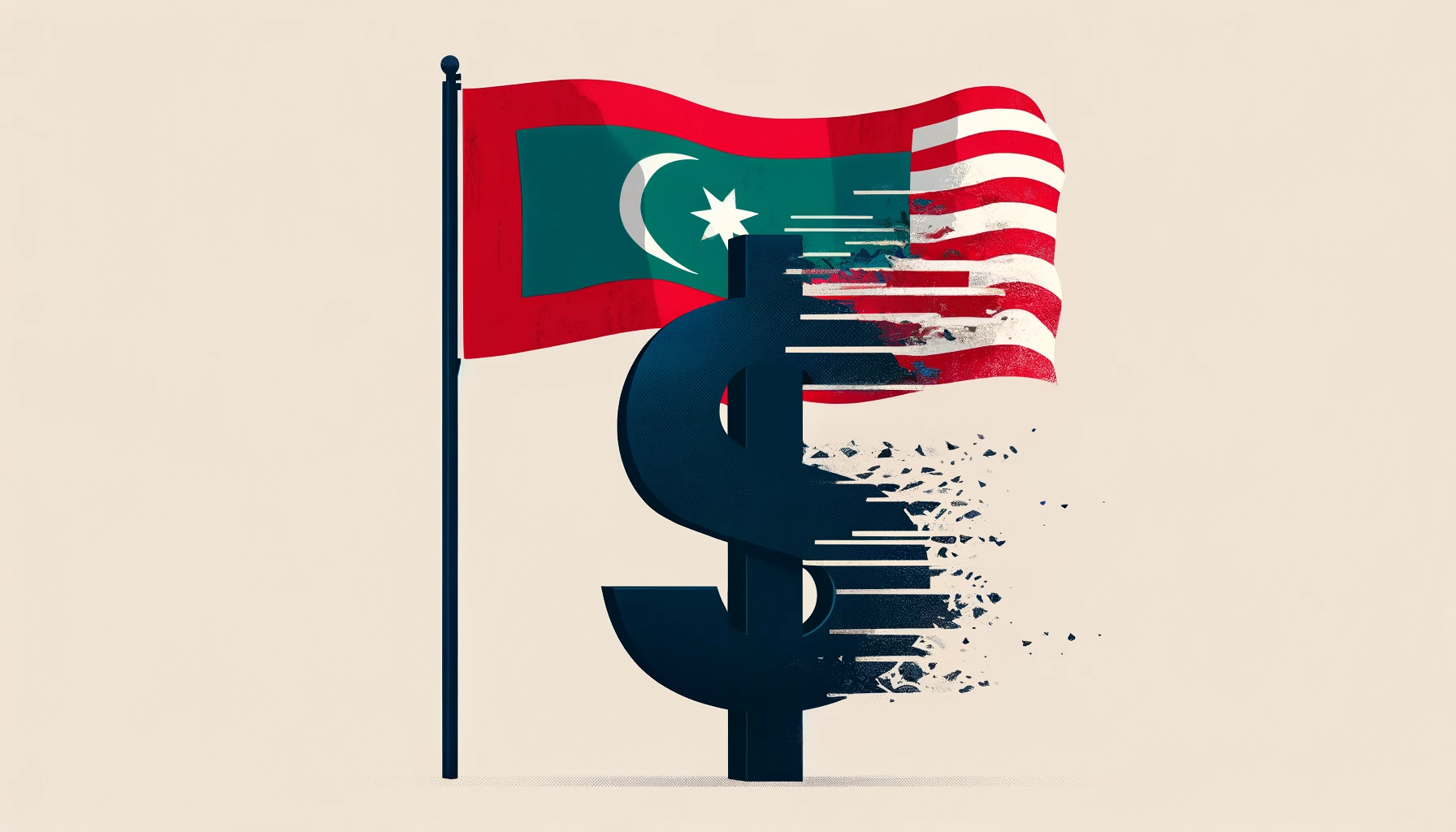The Maldives is shaking up the status quo, pushing forward with plans to ditch the US dollar in favor of local currencies for its major trading activities, specifically with powerhouse economies India and China.
This island nation, a hotspot for tourists, is not just about sun, sea, and sand anymore, guys. Right now, it is on the verge of making an economic decision that could significantly alter the global economy as we know it.
So get this. Every year, the Maldives sends a cool $780 million to India for imports. Instead of paying in dollars, they’re now in talks to use their own money, the Maldivian Rufiyaa. It’s a game-changer for trade dynamics and a potential financial headache for the US dollar’s dominance in global markets.
Shifting Sands in Global Trade
Mohamed Saeed, the Maldives’ Minister for Economic Development, dropped a massive hint about this financial pivot. According to him, there’s a solid chance they’ll start making payments in currencies other than the US dollar. “The decision to accept local currencies and not the US dollar for payments is now in BRICS member India’s court,” he stated, underscoring the pivotal role India plays in this financial reorientation.
This isn’t a spontaneous decision. The groundwork was laid back in 2023 when India green-lit special Vostro bank accounts in the Maldives. The Reserve Bank of India (RBI) has been promoting the Indian Rupee in bilateral agreements, suggesting a mutual comfort in moving away from the dollar.
Moreover, the BRICS 2024 summit, set for October in Russia’s Kazan region, is expected to champion this ‘de-dollarization’. With new members like the UAE, Egypt, Iran, and Ethiopia potentially joining, and even Saudi Arabia if they agree, the summit is poised to be a major event in global economics.
Sergey Ryabkov, Russian Deputy Foreign Minister, hinted at “historic milestones,” emphasizing a stronger alliance pushing towards a multi-polar world where reliance on the US dollar diminishes.
“BRICS is incrementally moving toward success. I am absolutely sure of that,” Ryabkov stated, reflecting a strong sentiment within the bloc about reducing dollar dependency.
The Global Economy and BRICS’ Expansion
On the broader economic front, the International Monetary Fund (IMF) predicts a steady global growth rate of 3.2% for 2024, though individual forecasts for major nations vary.
While G7 countries are experiencing mixed fortunes, BRICS nations like Saudi Arabia, the UAE, and South Africa are looking at higher growth rates than the previous year.
In contrast, powerhouse economies like China and India are seeing a slight dip compared to their previous growth figures, with China growing 0.6 percentage points slower and India by a full percentage point.

Despite these variances, BRICS countries, with their combined GDP notably lower than the G7’s but growing at a faster rate, are poised to possibly overtake the G7 in economic size within the next couple of decades.
The expansion of BRICS has seen its challenges. Argentina turned down an invitation to join in late December, while Saudi Arabia remains on the fence.
However, South Africa’s Foreign Minister, Naledi Pandor, noted that 34 countries have shown interest in joining BRICS, which indicates a growing influence and appeal of the bloc on the global stage.
All eyes are now on the upcoming BRICS summit in Kazan, scheduled for October 22nd to 24th. It’s expected to be a defining moment, potentially ushering in new members and further solidifying the change towards a multi-polar economic world where the US dollar is no longer the sole currency kingpin.
From Zero to Web3 Pro: Your 90-Day Career Launch Plan
